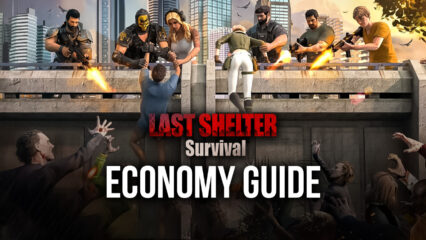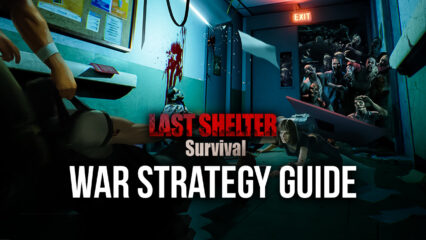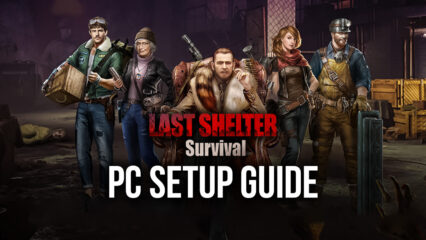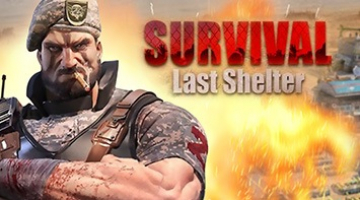BlueStacks' Beginner's Guide to Playing Last Shelter: Survival
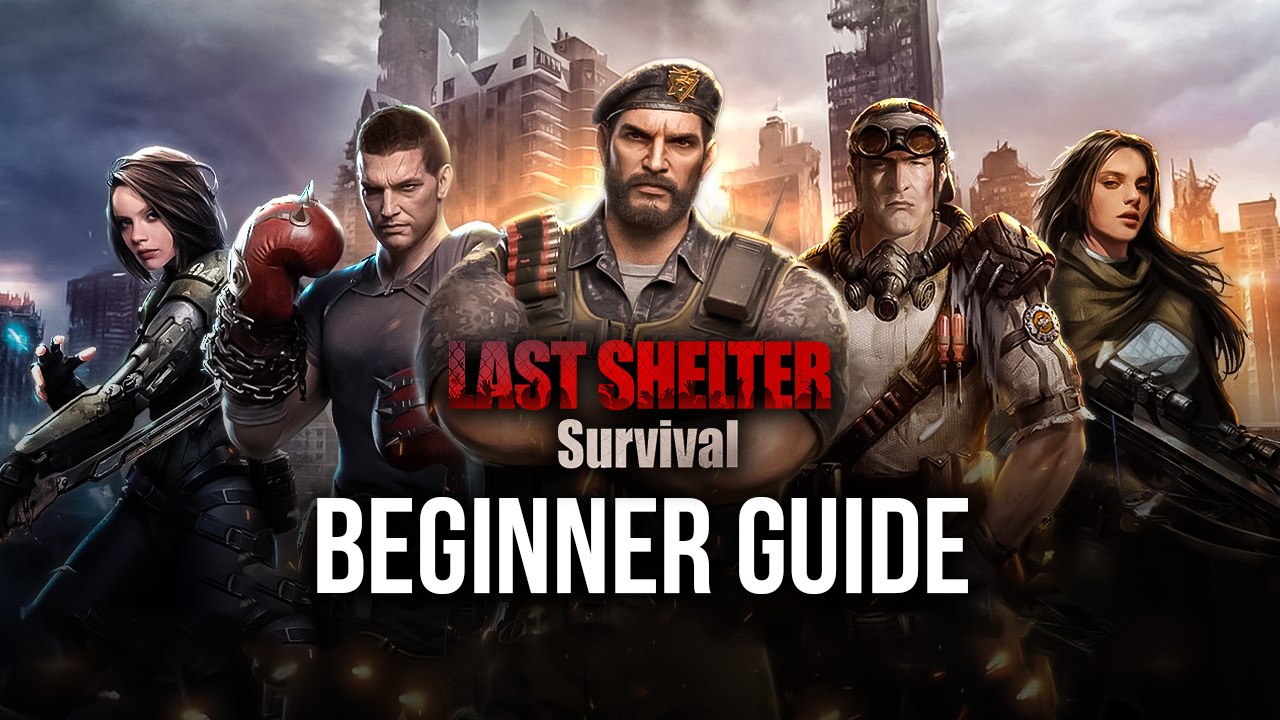
Last Shelter: Survival can be quite a confusing game for players that have never tried playing real-time strategy games before. Players can get super into the game once they spend at least a day working on their shelter. The biggest problem in this game is that the more experienced players will always dominate while the weakest ones will always suffer at the bottom. With this beginner’s guide, players will be able to fight on equal footing without the need to spend weeks learning various strategies.
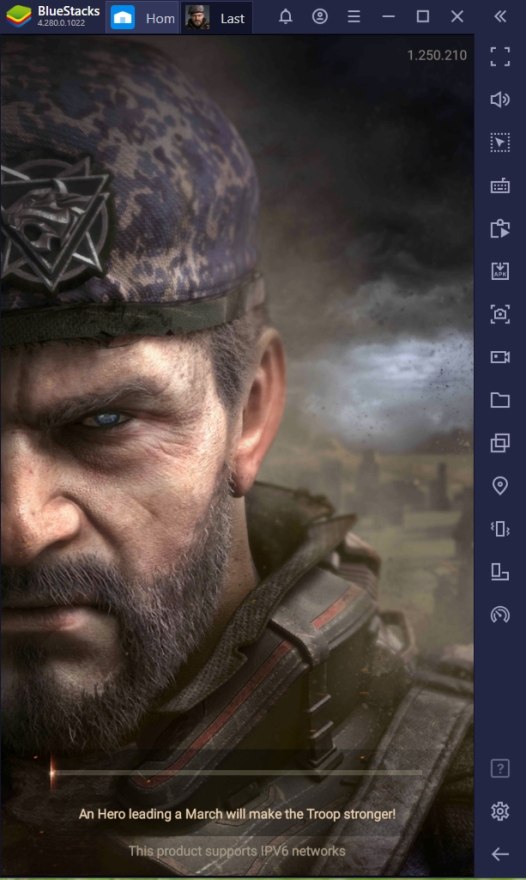
The game has some very simple mechanics that need to be followed at the beginning of the game so that players will have a better chance to catch up with the rest of the players on their server. Even though premium players often dominate the standings, there’s no reason that F2P players can’t also stand amongst the top players in the server. The only thing that players need to have to compete is dedication and a lot of useful in-game knowledge to guide them through the first half.
The Importance of Resources
Resources are what makes everything run in the game, just like in real life. The biggest problem that beginners often make is that they don’t know how to manage their resources because they’re entirely dependent on the free stuff that the game provides them with. However, the later stages of the game require players to become more independent by producing a functional economic structure that can sustain their shelter. Managing that structure is the hardest thing that a beginner can do at this game.
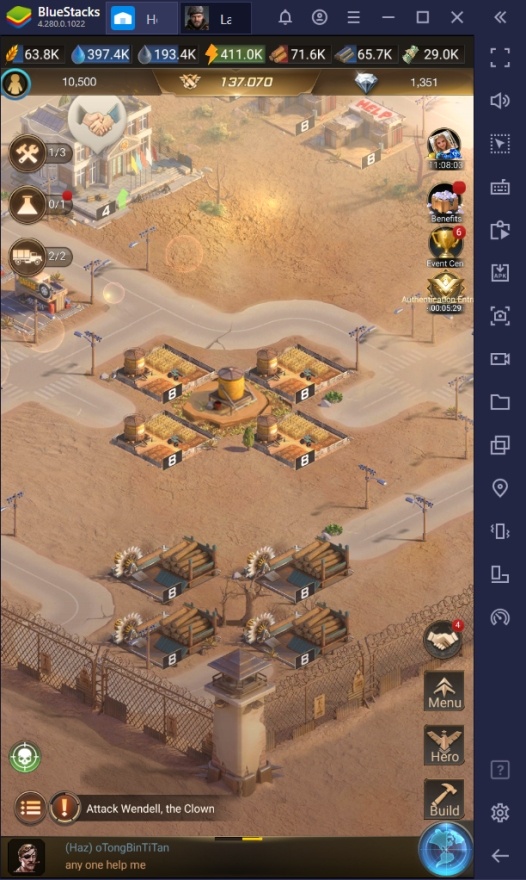
Beginners need to invest all their speedups and free resources into upgrading their resource production buildings as quickly as possible. There’s also the need to upgrade your base resource production through bonuses such as research upgrades and hero passives. Once you master the delicate balance of combining everything, you create a system that allows the player to fuel their city and use the excess to upgrade and construct new buildings that will aid in your shelter’s progression towards being more competitive.
Military Power
The primary way for a player to survive is by having the means to fight against the threats that come. In this zombie-infested world, nothing does that better than by having a strong army that can protect you from all the threats that come your way. Additionally, they can secure objectives that you need to help your shelter succeed overall. Even if you choose a non-military class in the game, you’ll still be forced to train soldiers that are ready to defend you against players that have already done so.
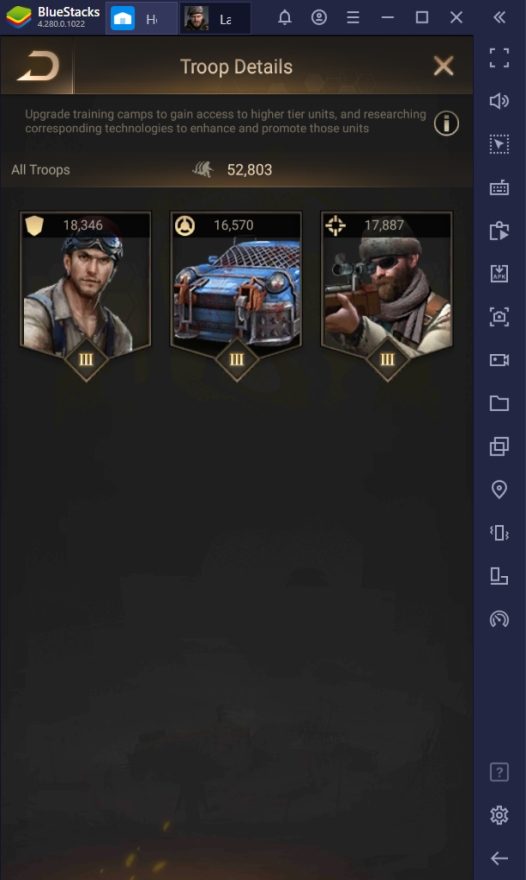
Players often underestimate the need to constantly train soldiers to maintain their status in the server. Once military players know that you have a weak army and good economy, it follows that a series of attacks will come your way. You should also know that once your shelter loses a certain amount of durability, your shelter will be permanently destroyed. Once this happens, you’ll have to restart your progress on another server and learn from your mistakes.
Keeping the Shelter Busy
Countdowns are the most annoying part about the game, but efficiently managing those timers helps in speeding up the progress. You must keep the shelter busy by ensuring that all of your workers are always doing something, training is always ongoing, and research is constantly in development. Doing so consistently should easily land you in the top 50 players on your server. Even if you don’t spend as much money as premium players in the game that have the ability to buy speedups and resources at will, you should be able to reach them in no time.
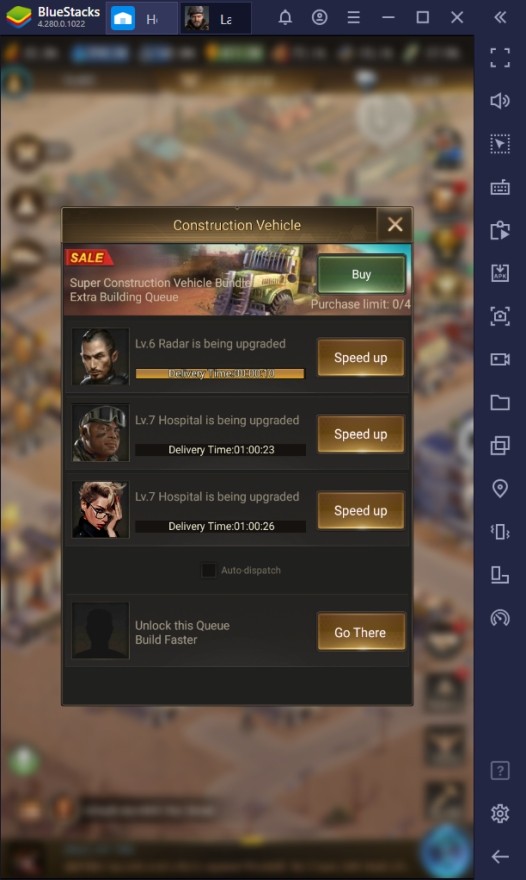
The more time players spend having downtime between upgrades, the slower their progress becomes. Even though we’re not telling you to spend all your time monitoring the game, you should at least make sure you should check out your phone for about five minutes every hour so that you can click on the tasks that you need to do. Otherwise, you might find yourself getting left out and wasting all of the free time that you got while you were protected by the free beginner’s shield.
Place Management & Expansion
The way you place your buildings is very important since construction vehicles need roads to move around the shelter and complete their tasks. Roads can take up a lot of space in your shelter, but inefficient placement of roads will cause some delay when doing tasks simply because of the distance that the trucks need to move from point A to point B. Make sure that you plan your city smartly, or at the very least, don’t be afraid to rearrange the roads and buildings in your shelter to upgrade it.
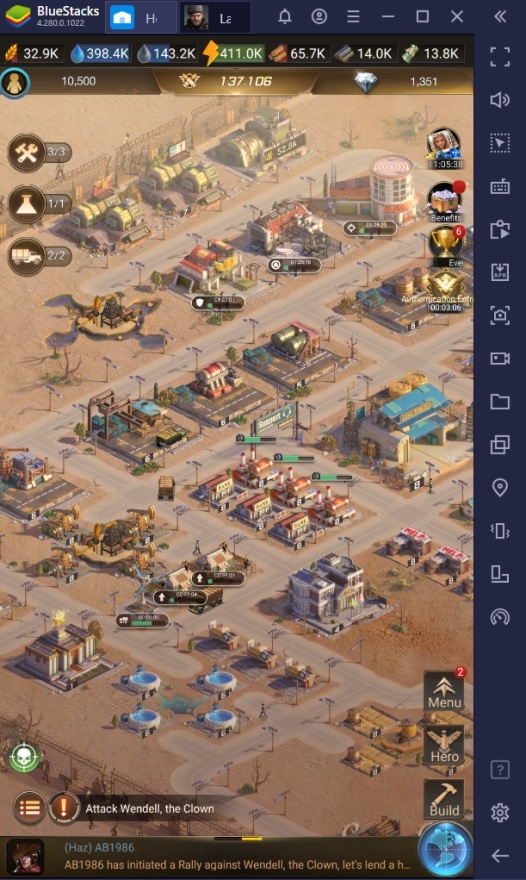
The most efficient way to design your shelter is to place all of your warehouses and Garages at the center so that you can distribute your trucks faster. You should also try to expand your territory by clearing out plots so that you can unlock more space. In the early stages of the game, you should prioritize efficiency over aesthetics so that you’ll be able to get more done without having to wait 20-30 seconds for your trucks to go from one place to the other every time they go off to complete their tasks.
Joining an Alliance
Alliances are a good way for players to enjoy the game for its social aspect and gain a level of security that trumps having a large army of your own. The primary benefit of joining an alliance is that you can ask them to defend you in your time of need and join other players’ attacks when you’re feeling aggressive or need to finish a quest on your mission table. Don’t be afraid to send your military to help your allies so that they know that you’re willing to contribute to the alliance.
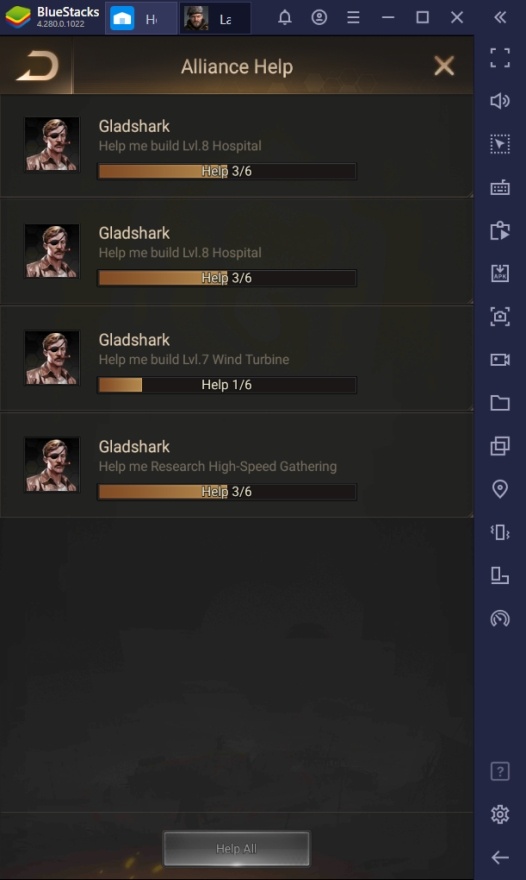
Other benefits of joining an alliance include asking help from allies to help you speed up your upgrade timers. Doing so will significantly boost your in-game progress. Alliance members will also receive contribution rewards that give free resources and other items, depending on how much you give them. Make sure to send some resources to help your guild upgrade their technology, as it will eventually benefit you too.


